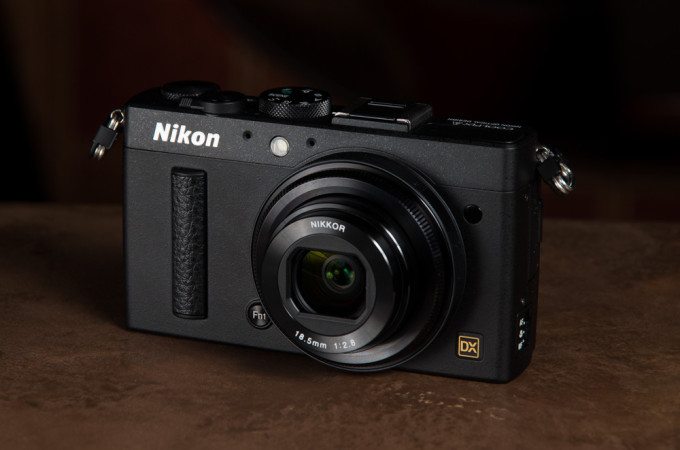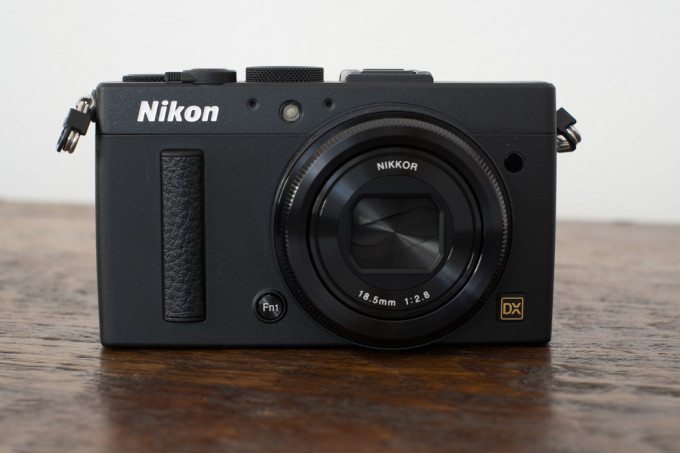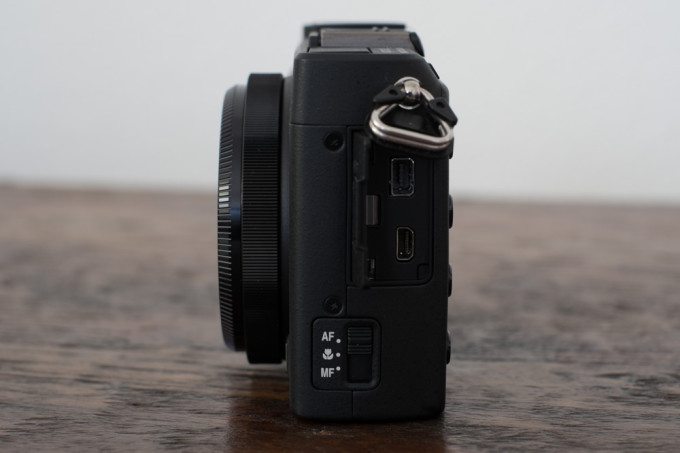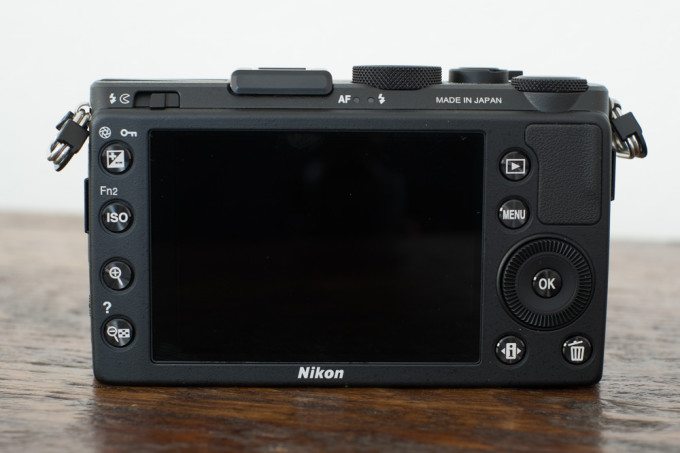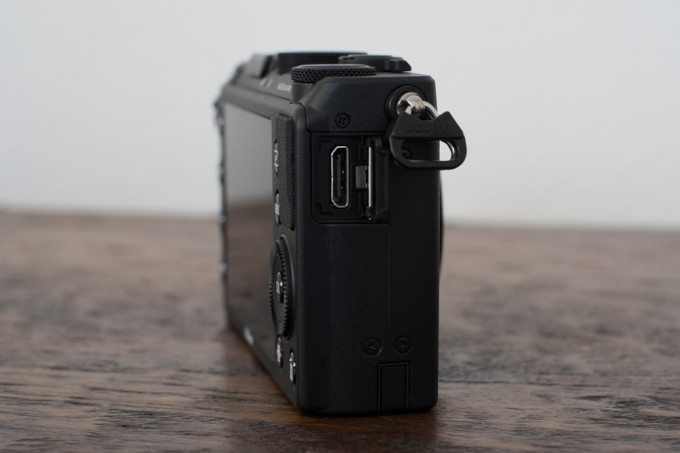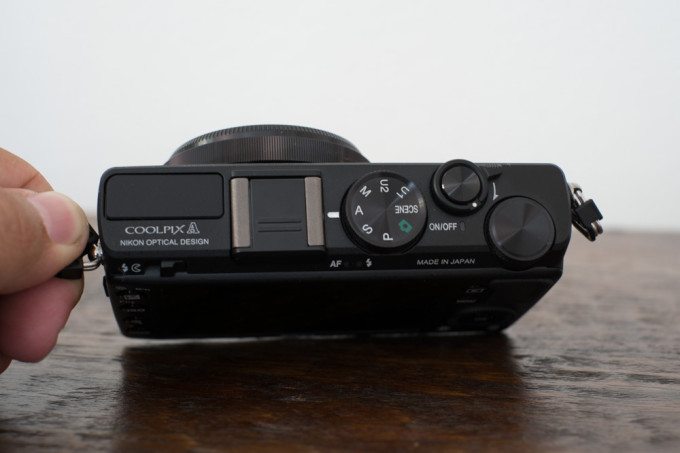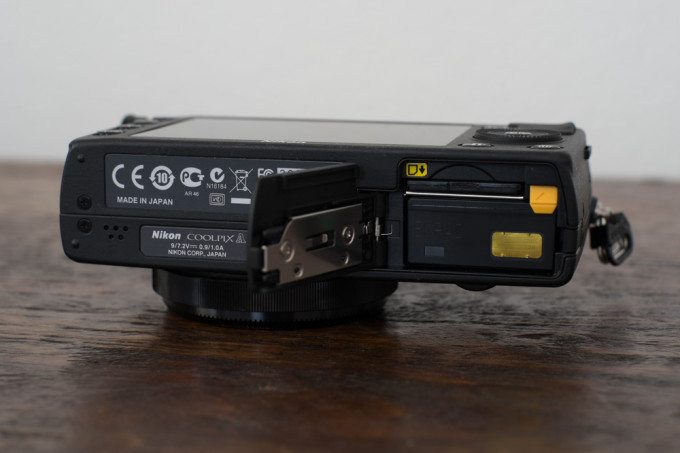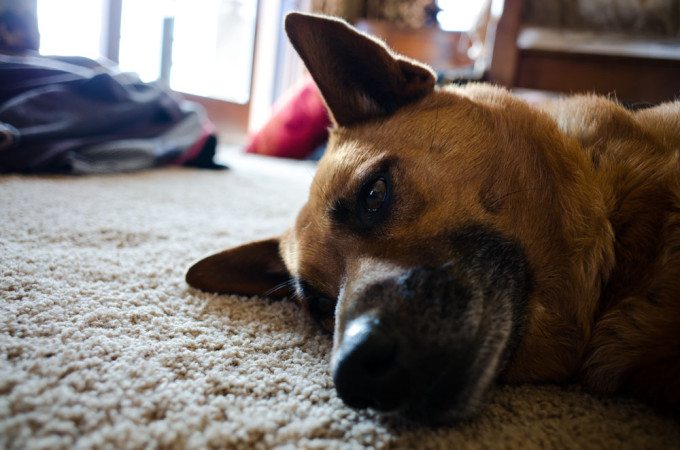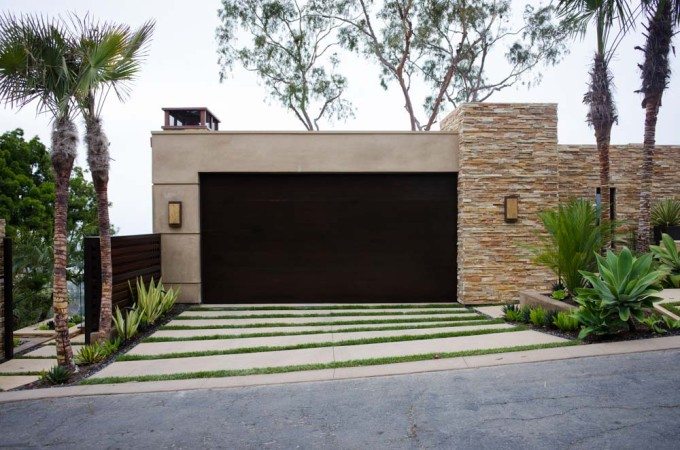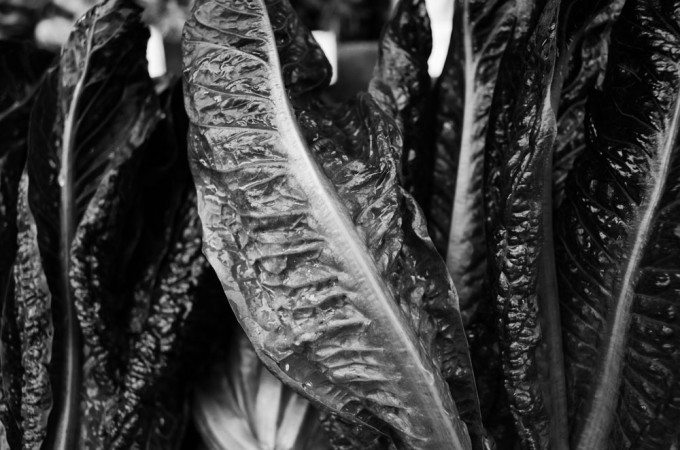The Nikon Coolpix A was an answer to a problem that Nikon didn’t really have. They decided that they wanted to have their own fixed-lens large sensor compact camera as it would seem that this is an emerging market. The Coolpix A has a 16MP APS-C sized sensor with a fixed 18.5mm f2.8 (28mm equivalent) lens which makes it a suitable camera for discreet street photography. Adorama Camera was kind enough to loan me one for review, and I’ve had a little time to spend with the camera so far and I’m here to share my first impressions.
Tech Specs
Spec Sheet copied from Adorama Camera’s Product Page
| Type | Compact Digital Camera |
| Effective Pixels | 16.2 million |
| Image Sensor | CMOS |
| Sensor Size | DX Format |
| Total Pixels | 16.93 million (approx.) |
| Lens | 1x optical NIKKOR glass lens |
| Lens Focal Length | 18.5mm (angle of view equivalent to that of 28 mm lens in 35mm [135] format) |
| Lens f/-number | f/2.8 |
| Lens Construction | 7 elements in 5 groups |
| Lens Zoom | 1x |
| Autofocus (AF) | Contrast-detect TTL AF |
| Autofocus (AF) Focus-area selection | Center Face priority Subject tracking Normal area Wide area |
| Focus Range | Approx. 1 ft. 8 in. (50 cm.) to infinity Macro close-up mode: Approx. 4 in. (10 cm.) to infinity |
| Focus Lock | Yes |
| Monitor Size | 3.0 in. diagonal |
| Monitor Type | TFT-LCD with 5-level brightness adjustment |
| Monitor Resolution | 921,000-dots |
| Storage Media | SD memory card SDHC memory card SDXC memory card |
| Storage File System | DCF EXIF 2.3 DPOF compliant |
| Storage File Formats | Still pictures: JPEG, RAW (NEF; a proprietary Nikon format) Movies: MOV (Video: MPEG-4 AVC/H.264, Audio: AAC stereo) |
| Movie | Full HD: 1920x1080p / 30fps Full HD: 1920×1080/ 25p HD: 1280x720p / 30fps HD: 1280x720p / 24fps |
| Image Size (pixels) | 4928 x 3264 |
| ISO Sensitivity | ISO 100-3200 Can be expanded to 6400 Hi 0.3 (ISO 8,000 equivalent) Hi 0.7 (ISO 10,000 equivalent) Hi 1 (ISO 12,800 equivalent) Hi 2 (ISO 25,600 equivalent) |
| Lowest ISO Sensitivity | 100 |
| Highest ISO Sensitivity | 25,600 |
| Exposure Metering | Matrix Center-weighted Spot |
| Exposure Control | Programmed auto exposure with flexible program aperture-priority auto shutter priority auto |
| Exposure Compensation | +/-5 EV in steps of 1/3 EV |
| White Balance | Auto Cloudy Daylight Flash Fluorescent Incandescent Preset Manual |
| Shutter | Mechanical and CMOS electronic shutter |
| Shutter Speed | 1/2000 30 s; bulb and time available in mode M (time requires optional ML-L3 remote control) |
| Continuous Shooting at Full Res | Approx. 4 frames per second |
| Continuous Shooting Options | Best Shot Selector Continuous Multi-shot 16 Single |
| Aperture | Electronically-controlled 7-blade iris diaphragm |
| Aperture Range | 19 steps of 1/3 EV |
| Self-timer | Can be selected from 20, 10, 5 and 2 second durations |
| Accessory Shoe | ISO 518 hot-shoe contact with sync and data contacts and safety lock |
| Built-in flash Range | [W]: 0.5 to 11.5m (1ft. 8 in. to 37ft.) |
| Built-in Flash Control | TTL auto flash with monitor preflashes Manual flash control available Guide Number approx. 6/21, or 6/22 when fired in manual mode at full power (ISO 100, m/ft, 23 °C/73.4 °F) |
| Built-in Flash | Yes |
| Battery | Rechargeable Li-ion Battery EN-EL20 |
| Battery Life (shots per charge) | Approx. 230 shots |
| Dimensions (HxWxD) | 2.6 x 4.4 x 1.6″ (64.3 x 111 x 40.3mm) |
| Weight | 10.6 oz (299g) |
Ergonomics
The Nikon Coolpix A has a pretty spartan layout on the front of the camera, all you will find on this side will be the electronic manual focus ring surrounding the lens, and the Fn1 button which can be programmed via the menus to enable a number of different functions.
Off to the left side of the camera you get a better view of the manual focus ring, as well as the removable accessory ring which will allow you to attach things like the optional lens hood. Behind a small fold out door is the connections for USB and AV connections. Also is the all-important switch to change between AF, Macro and MF modes.
Onto the rear of the camera, where you will find most of the buttons you are going to have regular contact with, from the exposure compensation and ISO on the left hand side to the control dial and menu buttons of the right hand side.
On the right side of the camera all you’re really going to find is the mini HDMI port behind a small door. You can see just how thin the camera is overall though, it’s a tiny thing.
On the top deck is your popup flash, hot-shoe, command dial, power switch with shutter button and adjustment dial. The adjustment dial is probably going to be the most used button on this camera (next to the shutter button of course) it rotates its functionality depending on the chosen function.
Not much to report on the bottom aside from the typical joint battery chamber and SD card slot that one finds in smaller cameras. Why change a design method that works?
Build Quality
When I first opened the box, I have to say that I was really surprised at just how small this camera actually is. I understood that it is supposed to be a compact, but it actually is a pocketable compact (if you use no strap or a thin wrist-strap). It feels very well made, nice and tight, with no loose pieces or rattles, but I was expecting this due to its $1100 retail price tag. The body is primarily metal, and feels solid without being heavy. I feel pretty confident that it will hold up well to serious use, but only time will tell.
Autofocus
So far the autofocusing speed on this camera has been good, but not exceptional. In bright light and when not engaged in macro mode it locks onto a subject fairly quickly, or at least quick enough that it’s not going to be a problem. But in order to focus closer than 1’8″ you have to switch to macro mode and that seems to slow things down a bit. The first rack focus to get to minimum focus distance takes an extra moment or two, but then as long as you stay in the close range it will pick up subjects at about the same speed it would in the normal focusing range.
Ease of Use
So far I have found this little camera to be dead simple to use. The controls are laid out in a very logical manner which makes one handed operation incredibly easy. Being a Canon user, I am accustomed a certain style of menu system and I’m happy to report that I had no trouble at all finding my way around the menus of the Coolpix A; everything was clearly laid out and the info button comes in handy to explain what a function does if it wasn’t clear from the label alone.
Image Quality
With an APS-C sized 16MP sensor the Coolpix A has a good amount of pixels for its sensor size, without going overboard. This means the image quality should really deliver and pretty much the entire ISO range (within reasonable expectations of course). Part of me wonders if it’s the same sensor we’ve seen in so many recent cameras from the D7000, to the Pentax K-5/II/IIs and even the Fuji X-Pro1. If my hunch is correct that would mean this Sony-made sensor still lives on and continues to prove its worth.
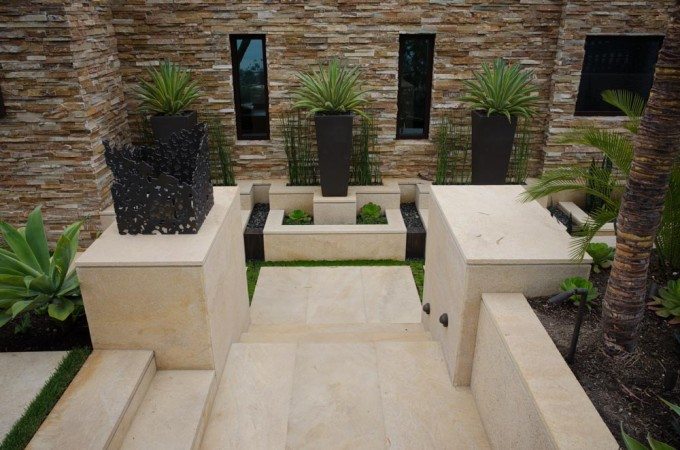 A 28mm f2.8 lens is moderately wide, without having excessive distortion making it suitable for many categories actually. The obvious choice is going to be street-photography, which I presume many who purchase this camera will use it for, but I find that a 28mm lens can be used just about anywhere.
A 28mm f2.8 lens is moderately wide, without having excessive distortion making it suitable for many categories actually. The obvious choice is going to be street-photography, which I presume many who purchase this camera will use it for, but I find that a 28mm lens can be used just about anywhere.
In my rough tests I’ve found very little distortion in the RAW files, though being a user of Lightroom 4.4 there is no profile available yet for this camera. I haven’t explored any beta options with Lightroom 5 or ACR 8.1 yet but I will look into those before the test is through.
One thing I really liked was how well the files handled black and white conversion. My favorite method for doing this is NiK Software’s Silver Efex Pro, but even the in-camera B&W settings look quite nice for JPEGs as well.
So far I’m pretty happy with what I’m seeing from the Coolpix A, and I look forward to finishing my time with it throughout the rest of my review period.
First Impressions
This camera is clearly intended to be a premium compact camera aimed at a specific type of shooter, the street photographer. With a fixed 28mm equivalent lens, you naturally have to get fairly close to whatever you’re photographing, and with a camera this small and this quiet, it makes it the ideal choice for capturing images on the streets in a discreet manner. Obviously the direct competitor is going to be the new Ricoh GR with its very similar spec sheet, but the Nikon makes a lot of sense if you are already a Nikon DSLR shooter as it will integrate well with that system. I will know more in the coming weeks, so keep an eye out for our full review.
Please Support The Phoblographer
We love to bring you guys the latest and greatest news and gear related stuff. However, we can’t keep doing that unless we have your continued support. If you would like to purchase any of the items mentioned, please do so by clicking our links first and then purchasing the items as we then get a small portion of the sale to help run the website.


